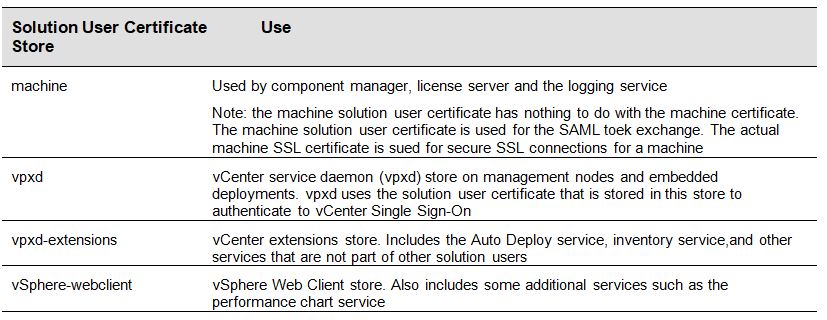

Although combination therapy with pegylated interferon (PEG-IFN) alpha and ribavirin (RBV) is now established as the most effective treatment for chronic hepatitis C virus (HCV) infection with genotype 1b, the sustained virological response (SVR) rate in these patients is still around 50% ( 3, 4). The severity of disease varies from asymptomatic chronic infection to cirrhosis and hepatocellular carcinoma ( 2). Our data also may help us understand the mechanism for treatment resistance and development of more effective antiviral therapy targeted toward the modulation of lipogenesis or iron homeostasis in CHC patients.Ĭhronic hepatitis C (CHC) is among the leading causes of chronic liver disease worldwide, which afflicts approximately 170 million people ( 1).
#SVRS APPLICATION WIZARD PLUS#
In conclusion, pretreatment serum protein profiling by SELDI-TOF/MS is variable for identification of response-related host factors, which are useful for treatment efficacy prediction in CHC receiving PEG-IFN plus RBV. Multivariate analysis showed that the serum ferritin and three peak intensity values (Apo A1, hemopexin and transferrin) were independent variables associated with SVRs, and the area under the receiver operating characteristic (ROC) curves for SVR prediction by using the Apo A1/hemopexin and hemopexin/transferrin were 0.964 and 0.936. The three SVR-increased peaks could be identified as two apolipoprotein (Apo) fragments and albumin and, among the eight non-SVR-increased proteins, four peaks identified as two iron-related and two fibrogenesis-related protein fragments, respectively.

Eleven peak intensities were significantly different between SVRs and non-SVRs. Proteins showed significantly different peak intensities between sustained virological responders (SVRs), and non-SVRs were identified by chromatography, SDS-PAGE, TOF/MS and tandem mass spectrometry (MS/MS) assay. Protein profiles of pretreatment serum samples from 32 patients with genotype 1b and high viral load were conducted by SELDI-TOF/MS by using the three different ProteinChip arrays (CM10, Q10, IMAC30). We used this approach to identify the host factors associated with treatment response in patients with chronic hepatitis C (CHC) receiving a 48-wk course of pegylated interferon (PEG-IFN) alpha 2b plus ribavirin (RBV). Recent development of proteomic array technology, including protein profiling coupling ProteinChip array with surface-enhanced laser desorption ionization time-of-flight mass spectrometry (SELDI-TOF/MS), provides a potentially powerful tool for discovery of new biomarkers by comparison of its profiles according to patient phenotypes.


 0 kommentar(er)
0 kommentar(er)
